Rabbit Farms
Rabbit farms run the gamut in size and purpose:
Large commercial meat rabbit production facilities. These farms keep hundreds to thousands of breeding does, and sell the live fryers at around 8 weeks old. Rabbits are cared for scientifically, fed a commercial pelleted ration, and the bucks and does that sire and bear large litters that gain weight quickly are specifically selected as replacement stock. The main ‘product’ is rabbit meat.
Medium-sized rabbit herds, from dozens to hundreds of breeding does. The main ‘product’ is usually rabbit meat, but can also be rabbit fur. In a fur herd, the meat is not wasted - it becomes a secondary product, selling as stew meat or as pet food. (Nothing wrong with the meat, it’s just tougher and must be crock-potted. The farmer takes a 90% hit in income fryer vs. broiler.) A medium-large rabbit herd (several hundred breeding does) becomes a full-time job for one rabbit farmer.
Comfortably sized backyard
rabbitries, meaning, a small or tiny rabbit herd containing a number
of rabbits that fits your comfort level or needs. Thousands upon thousands of
families and individuals in the United States and around the world keep a
single breeding doe up to a few dozen (or more) in order to supply their family
and pets with a ready supply of healthful animal protein. These backyard
rabbits may be considered livestock rabbits rather than pets, although I’ll bet
some of the older animals are sweet enough to warm the hearts of their keepers
every day.
If you are lucky enough to live close to a rabbit processor
or his pick-up routes as we once did, a breeder of even a few rabbits may be
able to breed on a regular schedule and sell the unneeded fryers to the
processor by the live pound.
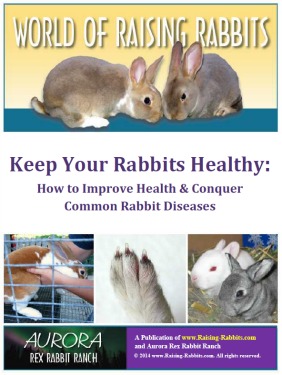
Keep Your Rabbits Healthy!
How to Improve Health and Conquer Common Rabbit Diseases
Get More Info on Keeping Your Rabbits Healthy
As always, your purchase is 100% risk free. See our Double Value Guarantee below.
Commercial Rabbit Production
If you really enjoy raising rabbits, have you ever wondered about starting a commercial meat rabbit herd?
John Fazio is a rabbit farmer in Modena, NY (80 miles north of Manhattan), where he maintains a state-of-the-art, 400-doe commercial rabbit herd. Today he raises ducks and chickens along with his many meat rabbits. Check out his website: https://www.johnfaziofarms.com/
Ardeng Rabbits is another commercial
rabbit ranch. According to their website, their fryers are harvested before 8
weeks of age and are always tender. They are located in Fountain Inn, SC, and
their contact info is on their website.
Pel-Freez is a huge outfit in Arkansas.
They buy rabbits from smaller breeders, and maintain pick-up routes throughout
the south and up into the Midwest USA. Learn more about being a grower for
Pel-freez.
Seely's Ark (Facebook page) is a livestock farm raising both rabbits and chickens, situated in Dunnellon, Florida. The farm has a 500-doe capacity, the largest rabbit farm in the state. Their many chickens are free-ranged. See also this interesting article about Seely's Ark.
SIX delicious flavors of Bunny Branola...
Just a Tablespoon a Day Can Improve Health and Conditioning
Medium Sized and 'Part Time' Rabbit Farms
Barbi Brown's Bunnies - Located
70 miles east of San Francisco in California, Barbi Brown’s Bunnies raises both
pet rabbits and breeding stock rabbits. They have several barns full of rabbits
of rare, new, and favorite breeds: American, American Sable, Netherland Dwarf,
Mini Rex, Lilac, Holland Lop, Thrianta, French Lop, English Lop, Velveteen Lop,
Palominos, Mini Satin, Beveren, and Dutch.
Rabbits4U is a cooperative of individual smaller commercial rabbit enterprises which is headquartered in Indiana.
Feeding Your Rabbits (With or Without Pellets)
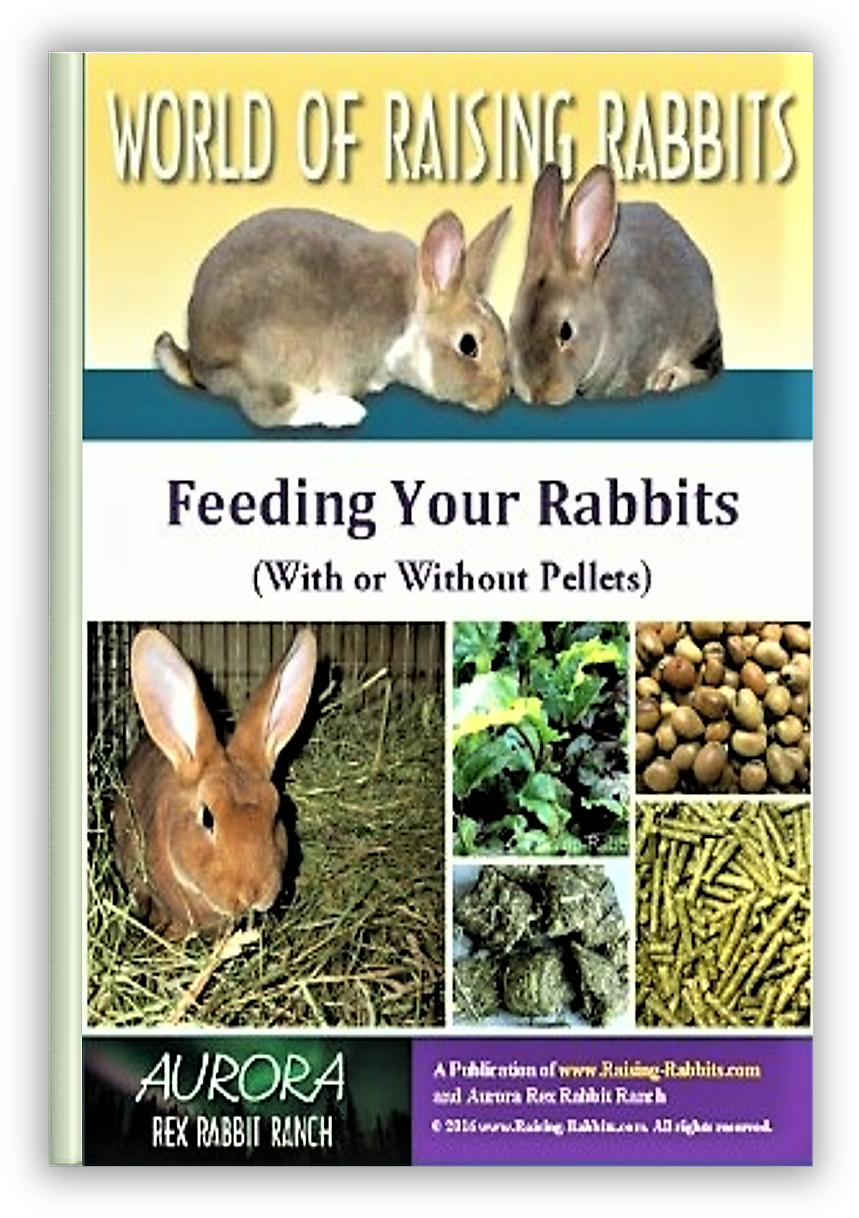
A healthy diet really does help ensure your rabbit lives a long, healthy life.
Feeding Your Rabbits is our guide on feeding rabbits: Info about commercial pelleted feed or a home forage diet, info about feeding at all stages of life, from bottle feeding newborn kits, to normal feeding of all your rabbits, extra nutrition for pregnant and nursing does, and health-enhancing supplements.
Supplement, or replace, store-bought rabbit pellets, and do it without sacrificing your rabbits' wellbeing! Click here for more information, or...
Click here to purchase Feeding Your Rabbits With or Without Pellets!
Your purchase is 100% Risk Free. See our Double-Value Guarantee below.
Homesteaders and Hobby Sized Rabbitries
Two Examples of Neighbors Working Together to Farm Rabbits
As life gets tougher around the globe, the people who cut their reliance on large supermarkets and who get creative about producing their own food will be the folks who survive.
Here are two examples of neighborhoods working together to
produce their sustenance.
Downtown Minneapolis, Minnesota:
In April 2010, www.heavytable.com published an excellent news article about the inhabitants in one urban Minneapolis neighborhood. Entitled "Raising and Eating Rabbits in the Big City," the story featured three neighboring families who partnered together to take back control of their food sources. They created a joint vegetable garden, and are raising rabbits, chickens, ducks and geese on their city lots on Nicollet Island in Minneapolis.
Click on the picture to read the article - we loved it! Here are the high points about this unique neighborhood teamwork:
- Yes, you CAN raise rabbit for meat in the middle of the city. Even better, work together with your neighbors to share responsibilities.
- The article acknowledged a rich history of people hunting or raising their own meat, often because the extra meat supplemented an otherwise dismal diet.
- These rabbit farming urbanites chose Champagne d’Argent and Crème d’Argent rabbits, both old breeds and one of them endangered, according to the American Livestock Breeds Conservancy. But there are many other excellent meat rabbit breeds to choose from, including New Zealand Whites, Silver Fox rabbits and Californians.
- Rabbits are very easy to keep. The article touched
on how the neighbors managed their mini rabbit farm.
Cages: Ready-Made or DIY?
If I can build rabbit cages, YOU can build these high quality rabbit cages with the instructions and photos in Ideal DIY Rabbit Cages for All Rabbits. OR...
Check out the amazing cages built by Hostile Hare and sold through Raising-Rabbits.
North Portland, Oregon
A great article in www.OregonLive.com featured cooperation among urban neighbors in North Portland, Oregon.
Click on the picture to read the article - it’s a short but good read.
The high points:
- Rabbits, a large chicken run, extensive vegetable garden and fruit trees all fit on a double lot in the St. Johns neighborhood of Portland at the confluence of the Willamette and Columbia Rivers.
- Seven neighbors partner together to perform the daily chores. It is not clear from the article whether the properties of all the neighbors are being utilized to produce food for the partners.
- At least some of the children help with the chores, such as gathering eggs.
- The sense of community gained through mutual
effort for the common good is a great benefit.
Rabbit Reproduction, 2nd Edition
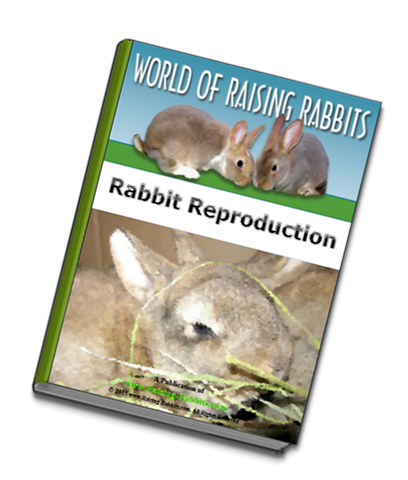
YES! I need to know more about rabbit reproduction...
This e-book is focused entirely on reproducing rabbits, from mating and kindling, to the entire season of a young kit's life from conception to teenage-hood and beyond.
-- Click here for all the details about Rabbit Reproduction!
-- Follow this link to purchase Rabbit Reproduction E-Book!
Your purchase is 100% Risk Free. See our Double-Value Guarantee below.
Rex Rabbit Fur Farms
There is absolutely nothing inhumane about raising rabbits for their fur. Cultures around the globe have relied on fur for survival for eons. In our opinion, domestic Rex and other breeds of rabbits provide the next best thing to wild-trapped furs, and in large quantities, if desired, without endangering either the herd, the species, or the environment.
Fur garments are valuable, even essential in the colder climates of the extreme north, for example, Alaska, Finland, Russia, China, most of Canada, and more.
One Utah rabbit farm maintains roughly 300 rex rabbit does. The market animals are butchered in the winter between the months of October and March when their coats are prime. The pelts are professionally tanned. During the warmer months, the finished pelts are fashioned into hats and garments for sale in Alaska and other frigid climates. The meat becomes a by-product, helping to defray some of the operating costs of the farm. This is a full-time job for this rancher.
Starting your own Rabbit Enterprise
Interested in starting a hobby or commercial enterprise? See Rabbit Farming for rabbit farm start-up tips.
Raising-Rabbits: Home of
The Rabbit Raising Problem Solver
All your Answers in One Book!
Learn More Here
$22.62 - Order Here
Additional Rabbit Farm Resources
ARBA list of rabbit processors with contact
info
Alberta Rabbit Producers Association
Double-Value Guarantee
Our policy is to always OVER-deliver
on value,
which is why your purchase is fully covered by our
Double-Value
Guarantee.
Go ahead - take any of our e-books for a test drive. Peruse our detailed informational and educational e-books. Examine our plans for building rabbit cages, runs, or metal or PVC hutch frames. Check out the Rabbit Husbandry info e-books.
If you aren't completely satisfied that your e-book purchase is worth at least double, triple or even quadruple the price you paid, just drop us a note within 45 days, and we'll refund you the entire cost. That's our Double-Value Guarantee.
Note: When you purchase your
e-books, they will be in PDF format, so you can download them to any device that
supports PDF format. We advise making a back-up copy to a drive or cloud
account. If the books are lost, you can also purchase another copy from Raising-Rabbits.
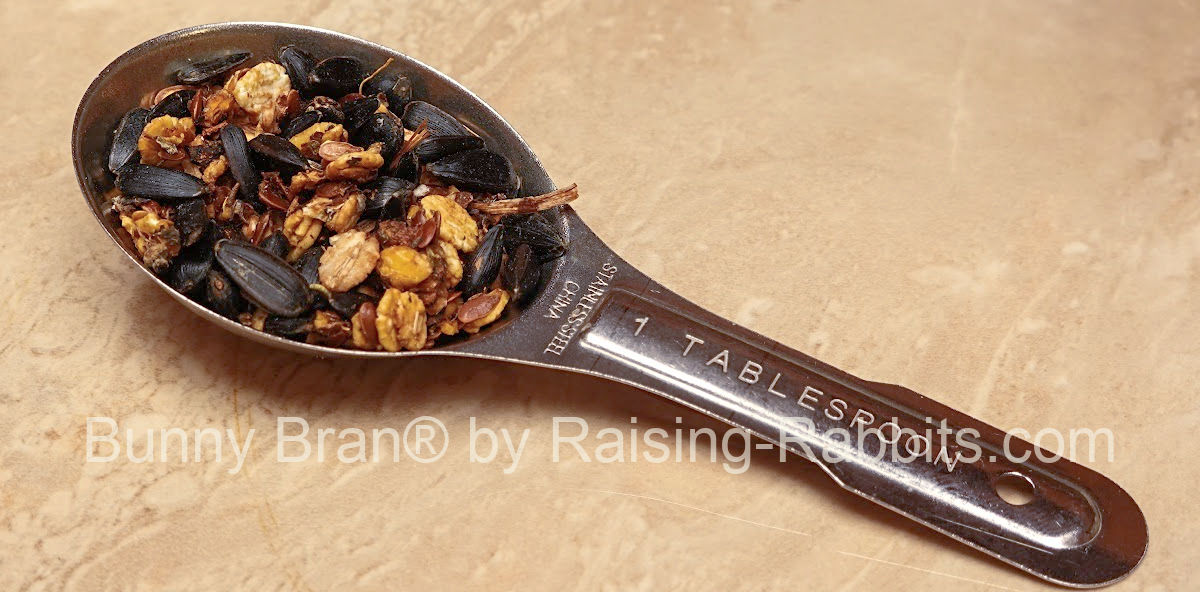
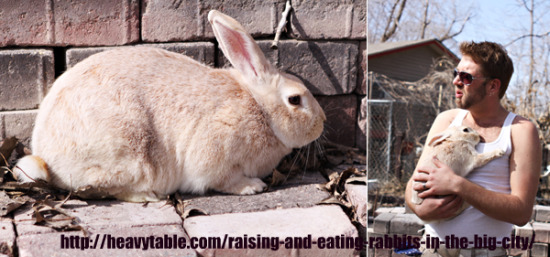
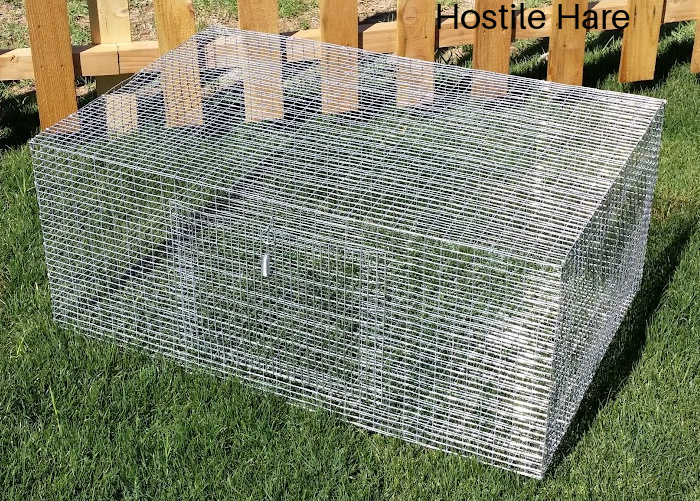
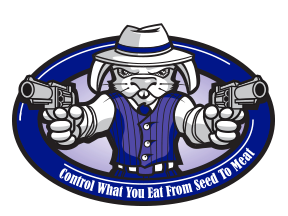
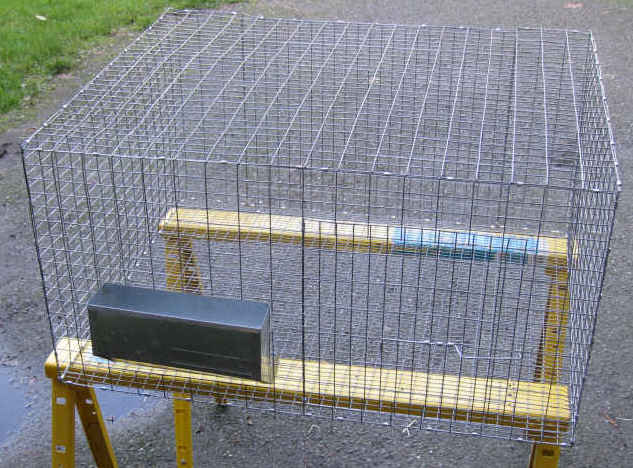
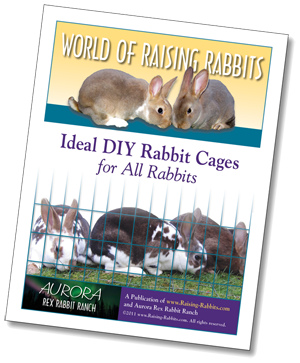
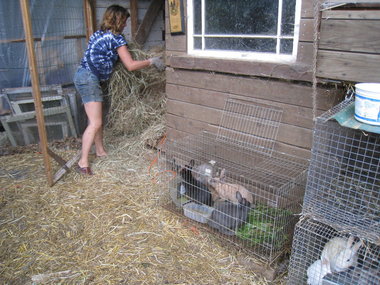
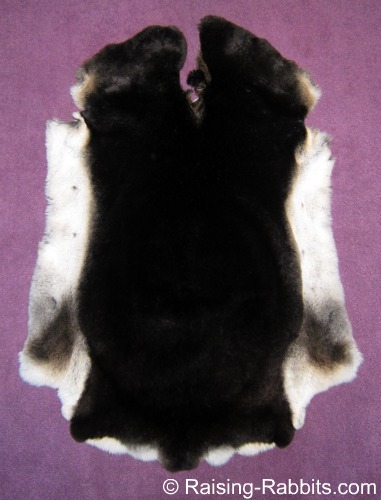
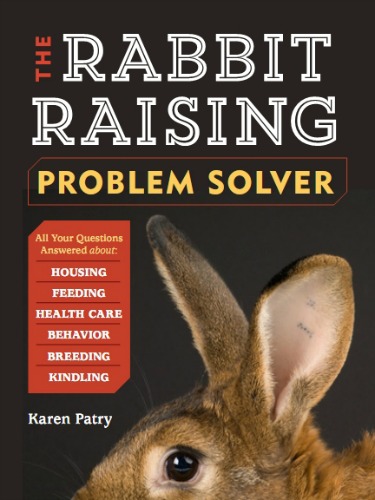
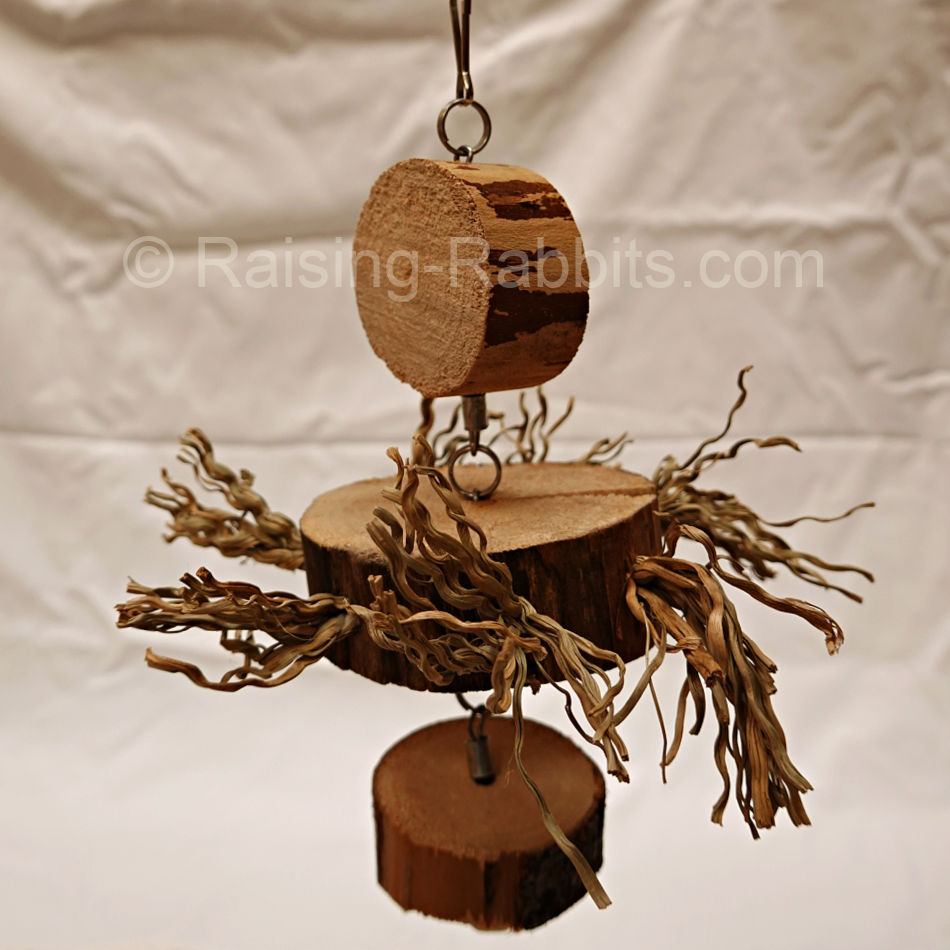
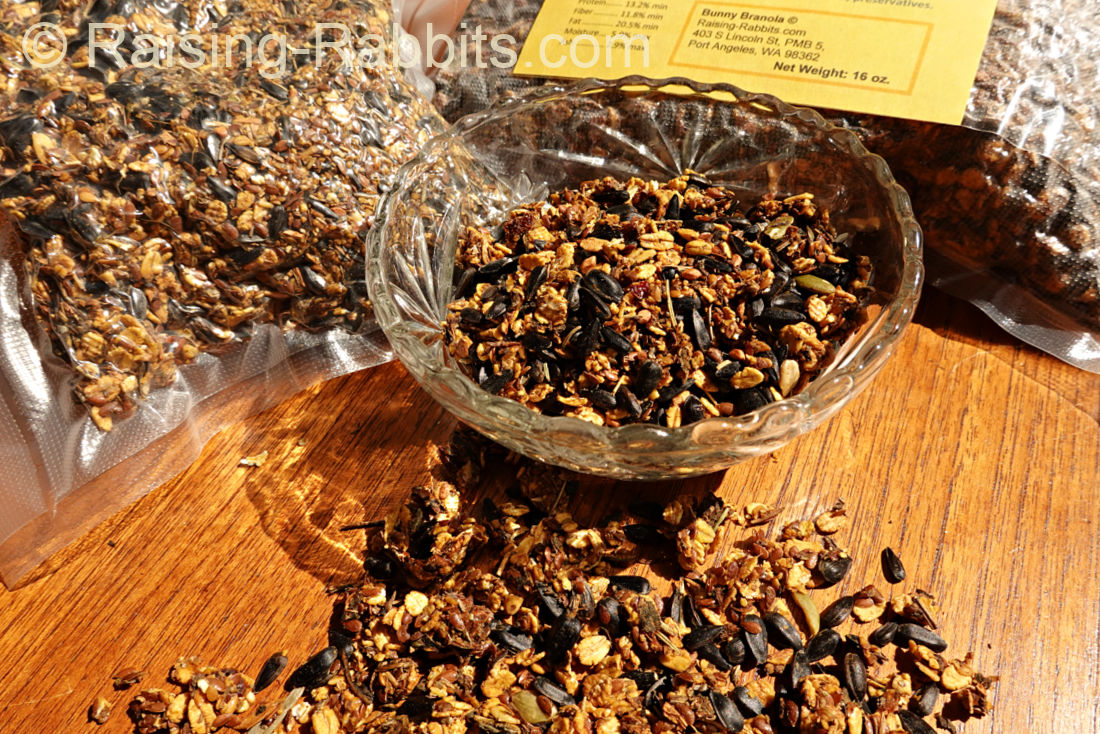
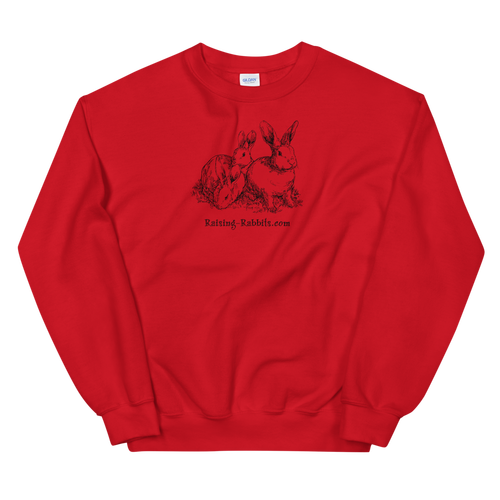
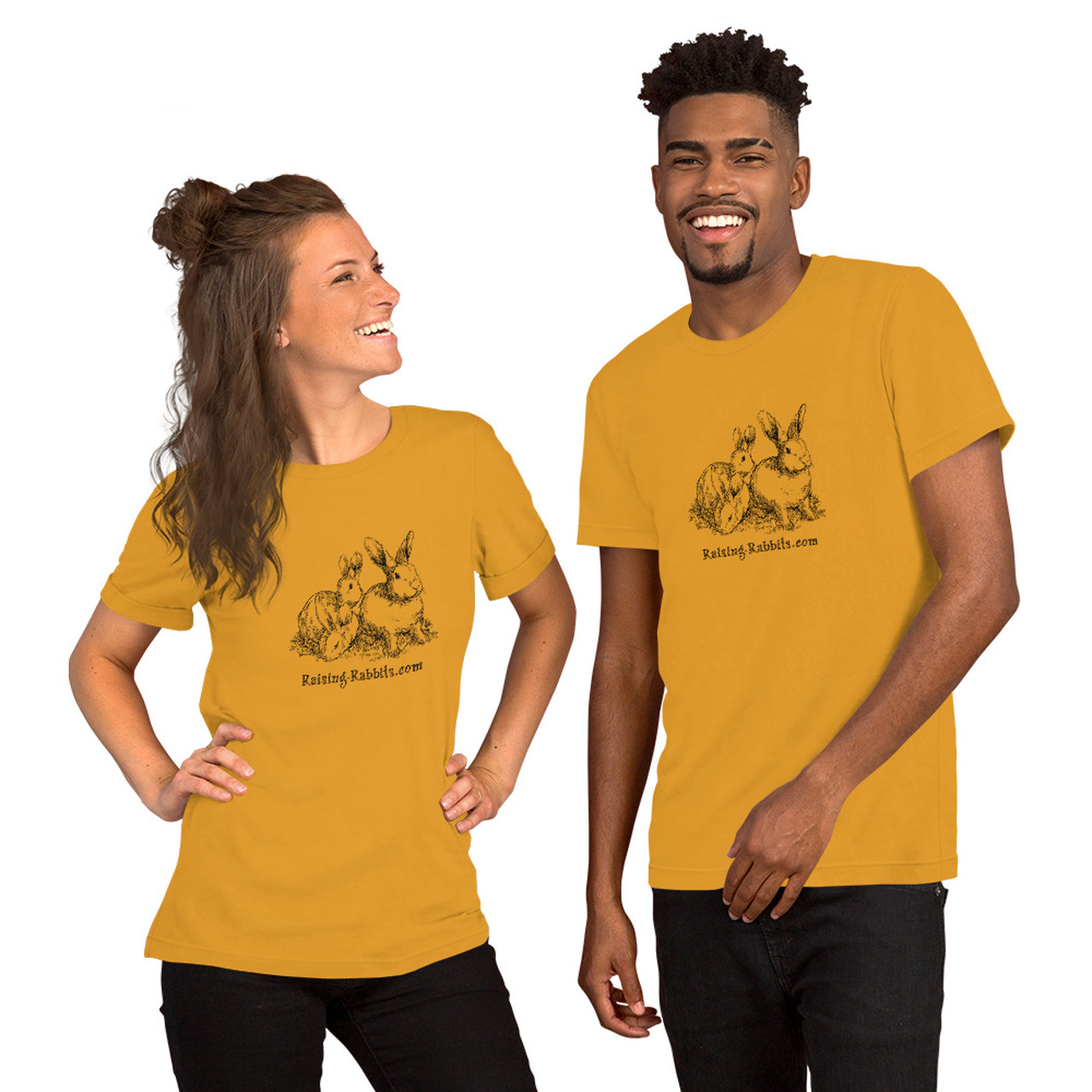
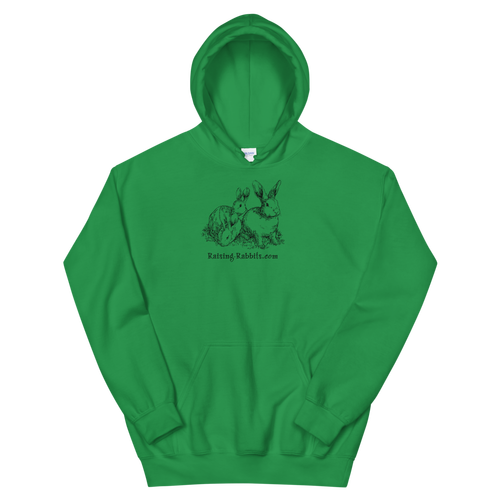




New! Comments
Have your say about what you just read! Leave me a comment in the box below.